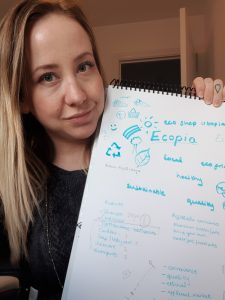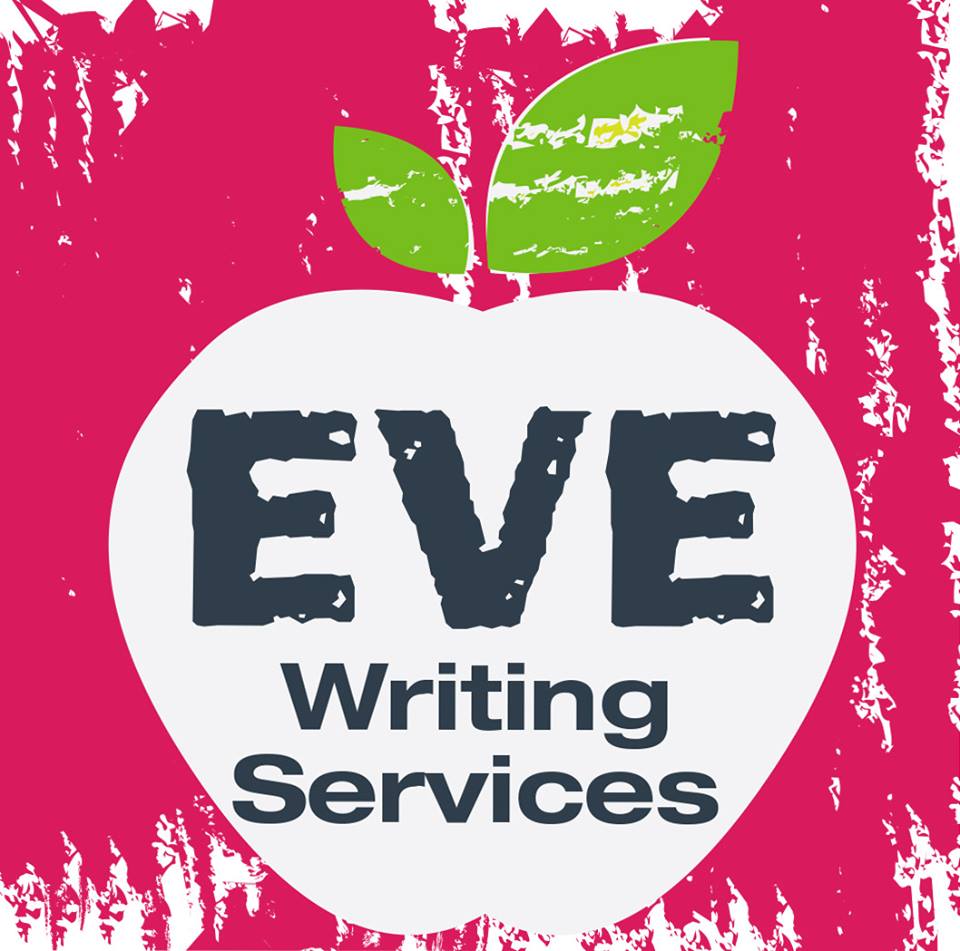
What’s in a name? Business naming tips from a freelance copywriter
Us freelance copywriters tend to be ideas people, and just before Christmas 2019 I was struck with a new business brainwave that I’ve recently brought to life. Introducing Ecopia: a virtual store helping make my home town of Stockport more sustainable.
The idea came to me suddenly and it was one I knew I needed to bring to fruition. Others are patiently nestling in the folds of my brain for a rainy day but not Ecopia; this was something I wanted to launch as a matter of urgency.
In just a couple of weeks I’d come up with my new brand name and identity, and I’m going to share that process with you here.
Coming up with a business name is a bit like opening a can of worms: once you set the ideas loose, it’s easy to lose control. Being able to drill down into the essence of your brand is really the key to coming up with the perfect business name.
So, how do you name a business? Here’s my process with tips along the way, because I’ve been there, done that.
Brand identity brainstorming
The first step to naming your business is to consider your brand identity. What do you do, who do you help, what are your values?
On a large piece of paper, or a screen, start to make notes relating to the who, the what, the how and – most importantly – the why. At first, these notes may be long and untidy, but try to distil them into something more succinct as you go.
You’ll need to consider the following:
Your audience
When identifying your audience, it’s easy to think you’d be able to work with anyone, but for your brand to resonate with the people who will actually buy from you, it pays to be specific.
Perhaps your audience is mainly women, and you can narrow down the age range. That’s a great start, now, consider factors like income levels, your audience’s tastes, other brands they buy from, what they value and why.
If you’re creating a luxury brand for example, your name and identity needs to reflect this to appeal to the right audience.
Your values
Why have you decided to establish your brand? What makes you different? Perhaps you’ve got an innovative new idea that’ll excite your audience, or perhaps you’re doing something tried and tested but adding value at some point along the way that sets you apart.
Creating a mission statement of around four lines or an even shorter value proposition is a useful way of condensing the who, the what, the why and the how into a concentrated form that underpins your brand without any waffle. You don’t need to publicise it; just use it for reference at this point.
Try the following format: for, who, our and that. For whom are you creating the business, what is your offering and what does it do?
Take a look at my example, which I put together for Ecopia: For local, intelligent women who enjoy quality products and want to live more sustainably, our virtual eco store sources and delivers locally made, quality products that help our customers do their bit for the environment.
The next step in naming your business – buzzwords
Once you’ve nailed (so to speak) your audience and your values, it’s time to come up with a brand identity that communicates with your target customer while reflecting what you do and why.
Depending on the size of business, the areas in which you operate and your audience, the name you choose could be personal, or it could be corporate. It might tell your audience exactly what you do, or it might be seemingly unconnected.
For Ecopia, I’m serving a local audience. It’s an eco business, so I wanted that to be clear in the name.
Ecopia sources and delivers artisan-made sustainable swaps for products like mass-made shampoo and soap, and we use refillable bottles and containers. Our goal is really threefold: to cut back on mass-produced products and support independent business, to reduce plastic waste through refilling, and to be as chemical-free as possible.
On the back of these goals and values, I came up with some buzzwords to guide me:
- Sustainable
- Quality
- Healthy
- Local
- Eco-friendly
- Utopia
- Refillable
- Handmade
- Convenient

Yes, that’s me.
Using these buzzwords, I then began to indulge my imagination and take note of the imagery that came to mind. I started doodling things like leaves, rainbows, trees, the sun, recycling symbols, a jug pouring water into a bowl, and a cornucopia.
From these initial images, I settled on the cornucopia as the most appealing – but not one filled with fruit; one filled, instead, with natural elements like water and sunshine.
The buzzwords I associate with my brand were really helpful in helping create an overall image, ethos and value proposition, so if you’ve haven’t already, develop your own set of buzzwords to guide your branding.
Business naming ideas
Now, I was ready to start the final step: coming up with a business name. There are all kinds of ways to go about creating a brand name; some founders use their own name, which is standard practice across various industries, but isn’t very inventive (or interesting).
It’s par the course for businesses like law firms, where it helps establish trust and credibility, so give some thought to the services you offer and what’s most appropriate.
Ecopia is a consumer-facing retail business, so I knew I needed something short and snappy, with a hint of sustainability to give my audience a clue as to what we do. I whittled down my business offering to simply ‘eco shop Utopia’ as a base to start from.
A common technique in business naming is to take two or more relevant words and combine them to come up with a business name, which I had a go at. Next, I started translating relevant words into Latin – again, a common technique in business naming – you can find generators online with a simple Google search.
Lo and behold, I discovered that ‘shop’ in Latin is copia, which was a perfect fit with my imagery of a cornucopia and also fit quite well with my buzzword, Utopia. It was then as simple as adding my ‘eco’ buzzword at the start and voila, a short, catchy yet clear business name was created.
I then experimented with the imagery and had a designer draw up a cornucopia that really captures the essence of our vision here at Ecopia.
Business naming tips to try
Before you sign off on your new business name, check off the following points to make sure it’s a keeper.
- Make it easy to say and search
Don’t confuse your audience with unclear spelling or pronunciation
- Don’t be too generic – or too obtuse
Using initials, for example, conveys little about a brand
- Consider the emotional response
Will your brand inspire, excite or reassure?
Good luck! And if you need a little extra help naming your new business, just contact this freelance copywriter – and let’s find out what’s in a name, together.


